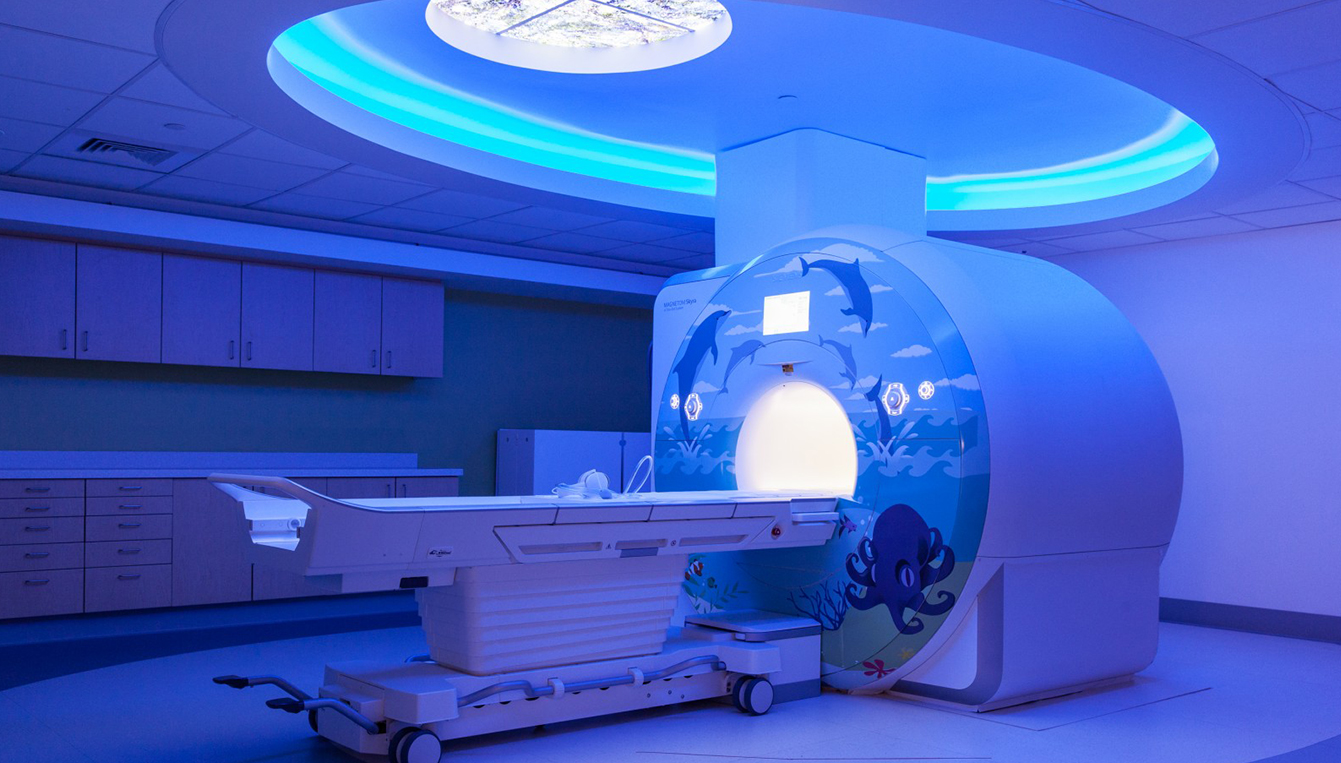Jeffrey A. Zapfe
Higher Education | Market Principal
Principal

We are generally concerned with two issues with regard to MRI installations on above-grade floors; 1) floor vibration affecting the MRI, and 2) MRI-generated noise and vibration affecting adjacent spaces.
The vibrations on above-grade floors are typically related to building mechanical systems and human activity (people walking). Most MRI’s have specific and detailed criteria for allowable levels of floor vibration. It is relatively straightforward to evaluate the floor vibrations in terms of the criteria. If the vibrations are excessive, mitigation can take the form of structural stiffness, vibration isolation of building mechanical systems, and/or isolation of the MRI itself. Unfortunately, isolation of the MRI is not trivial because of its large mass and the likely need to isolate very low frequencies (the fundamental structural resonance of the floor will typically be less than 12 Hz).
MRIs also produce a considerable amount of airborne noise and structural vibration. The airborne noise is best controlled through partition walls and resiliently-supported ceiling constructions. Vibrations produced by the MRI enter the building structure at the MRI’s feet. These vibrations can propagate very efficiently to other areas of the building where the resulting vibrations of floors, walls and ceilings radiate sound like giant loudspeakers (This is also known as structureborne noise). It is not uncommon to hear structurally radiated noise from an MRI many structural bays away. The best way to control structureborne noise is to provide isolation at the MRI (and essentially stop the vibration from getting into the structure in the first place). Fortunately, this type of isolation is easier to implement since the frequencies of interest (audible sound) are much higher (> 100 Hz). Depending on the severity of the structureborne noise, more advanced isolation systems using two-stages of vibration isolation may be needed. Two-stage systems employ two resilient elements separated by an intermediate mass (the mass is necessary to provide the enhanced isolation performance.)